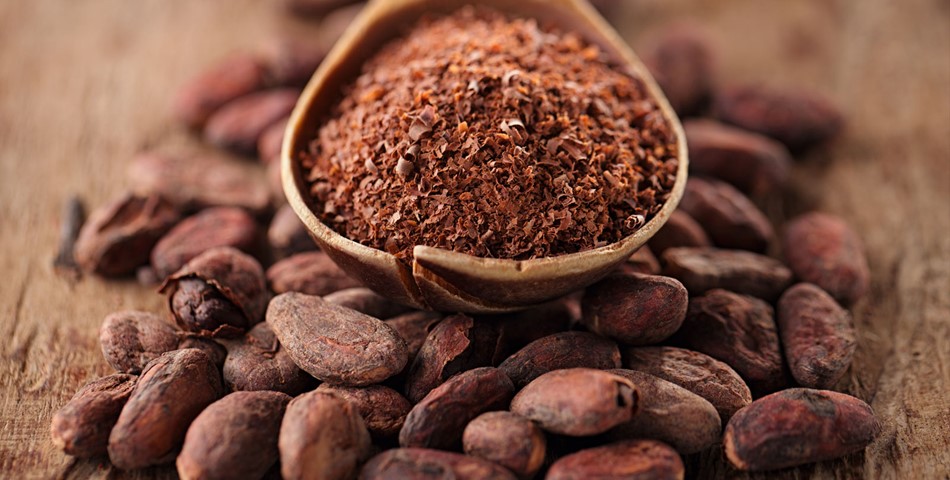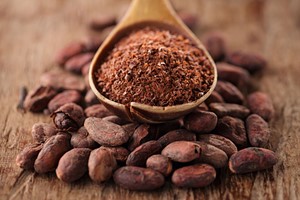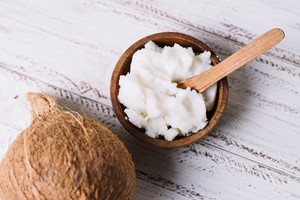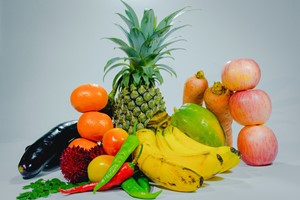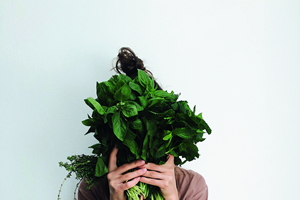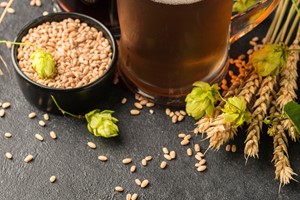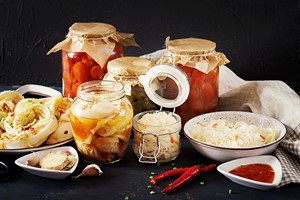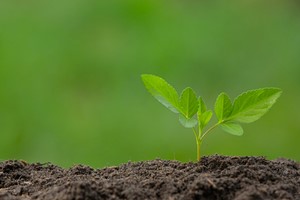cocoa, highly concentrated powder made from chocolate liquor—a paste prepared from cocoa beans, the fruit of the cacao—and used in beverages and as a flavouring ingredient. Cocoa is the key ingredient in chocolate and chocolate confections.
The cocoa bean is the seed of the cacao tree (Theobroma cacao), a tropical plant indigenous to the equatorial regions of the Americas. From the processed cocoa bean comes the fluid paste, or liquor, from which cocoa powder and chocolate are made. Chocolate is sold directly to the consumer as solid bars of eating chocolate, as packaged cocoa, and as baking chocolate. It is also used by confectioners as coating for candy bars and boxed or bulk chocolates, by bakery product manufacturers and bakers as coating for many types of cookies and cakes, and by ice-cream companies as coating for frozen novelties. Cocoa powders, chocolate liquor, and blends of the two are used in bulk to flavour various food products and to provide the flavours in such “chocolate” products as syrups, toppings, chocolate milk, prepared cake mixes, and pharmaceuticals.
History of use
Cacao residues on pottery in Ecuador suggest that the plant was consumed by humans as early as 5,000 years ago. The tree was likely domesticated in the upper Amazon region and then spread northward. It was widely cultivated more than 3,000 years ago by the Maya, Toltec, and Aztec peoples, who prepared a beverage from the bean (sometimes using it as a ceremonial drink) and also used the bean as a currency.
Christopher Columbus took cocoa beans to Spain after his fourth voyage in 1502, and the Spanish conquistadores, arriving in Mexico in 1519, were introduced to a chocolate beverage by the Aztec. The Aztec beverage was made from sun-dried shelled beans, probably fermented in their pods. The broken kernels, or nibs, were roasted in earthen pots and then ground to a paste in a concave stone, called a metate, over a small fire. Vanilla and various spices and herbs were added, and corn (maize) was sometimes used to produce milder flavour. The paste, formed into small cakes, was cooled and hardened on shiny leaves placed under a tree. The cakes were broken up, mixed with hot water, and beaten to foamy consistency with a small wooden beater, a molinet, producing the beverage called xocoatl (from Nahuatl words meaning “bitter water”).
Too bitter for European taste, the mixture was sweetened with sugar when introduced to the Spanish court. Although Spain guarded the secret of its xocoatl beverage for almost 100 years, it reached Italy in 1606 and became popular in France with the marriage of the Spanish princess Maria Theresa to Louis XIV in 1660. In 1657 a Frenchman opened a London shop, selling solid chocolate to be made into the beverage, and chocolate houses, selling the hot beverage, soon appeared throughout Europe. By 1765 chocolate manufacture had begun in the American colonies at Dorchester, in Massachusetts, using cocoa beans from the West Indies.
In 1828 C.J. van Houten of the Netherlands patented a process for obtaining “chocolate powder” by pressing much of the cocoa butter from ground and roasted cocoa beans. In 1847 the English firm of Fry and Sons combined cocoa butter, a by-product of the pressing, with chocolate liquor and sugar to produce eating chocolate, and in 1876 Daniel Peter of Switzerland added dried milk to make milk chocolate. The proliferation of flavoured, solid, and coated chocolate foods rapidly followed.
Starting in the Americas in an area stretching from southern Mexico to the northern countries of South America, commercial cacao cultivation spread around the world to areas within 20° of the Equator where rainfall, temperatures, and soil conditions were suitable for its growth.
Care and storage
Chocolate and cocoa require storage at 18–20 °C (65–68 °F), with relative humidity below 50 percent. High (27–32 °C, or 80–90 °F) or widely fluctuating temperatures will cause fat bloom, a condition in which cocoa butter infiltrates to the surface, turning products gray or white as it recrystallizes.
High humidity causes mustiness in cocoa powder and can lead to mold formation in cocoa powder or on chocolate. Excessive moisture can also dissolve sugar out of chocolate, redepositing it on the surface as sugar bloom, distinguished from fat bloom by its sandy texture.
Nutritive value
Cocoa, a highly concentrated food providing approximately 1,000 calories per kilogram, provides carbohydrates, fat, protein, and minerals. Its theobromine and caffeine content produce a mildly stimulating effect. The carbohydrates and easily digested fats in chocolate make it an excellent high-energy food.




